One of the most controversial teachings of the Catholic church concerns the Eucharist.
This isn’t surprising since the two beliefs (Protestant and Catholic) are almost completely at odds with each other and can have major implications for one’s faith.
As someone raised in a very evangelical Christian home, I was always taught that communion was merely a meaningful symbol. However, after marrying into a Catholic family and doing a great deal of research on my own, I found several convincing reasons why the Eucharist may just be the real body and blood after all.
What Do Catholics Believe About the Eucharist?
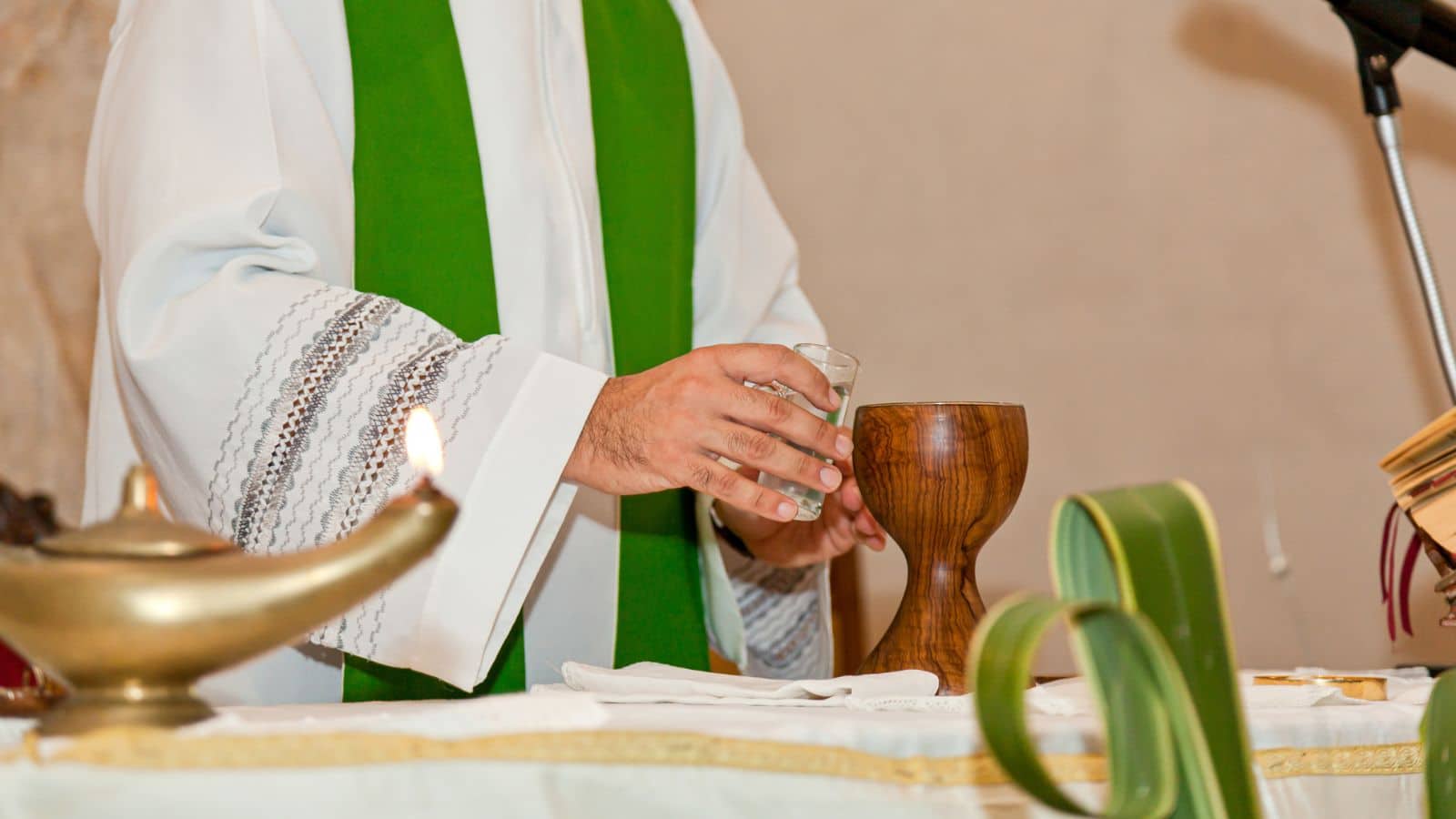
Catholics believe the Holy Eucharist is the real body and blood of Jesus Christ in substance, even though still unleavened bread and wine in appearance. This is called “transubstantiation.
Catholics also believe that taking the Eucharist offers forgiveness for minor (venial) sins, but not major (mortal) sins. If you are in a state of mortal sin, you should not take the Eucharist until after you go to confession.
They also believe that Jesus is wholly present in equal amounts whether you have one speck of either the unleavened bread OR the wine or if you have a huge helping of both. Same amount of Jesus.
What Do Protestants Believe About the Eucharist
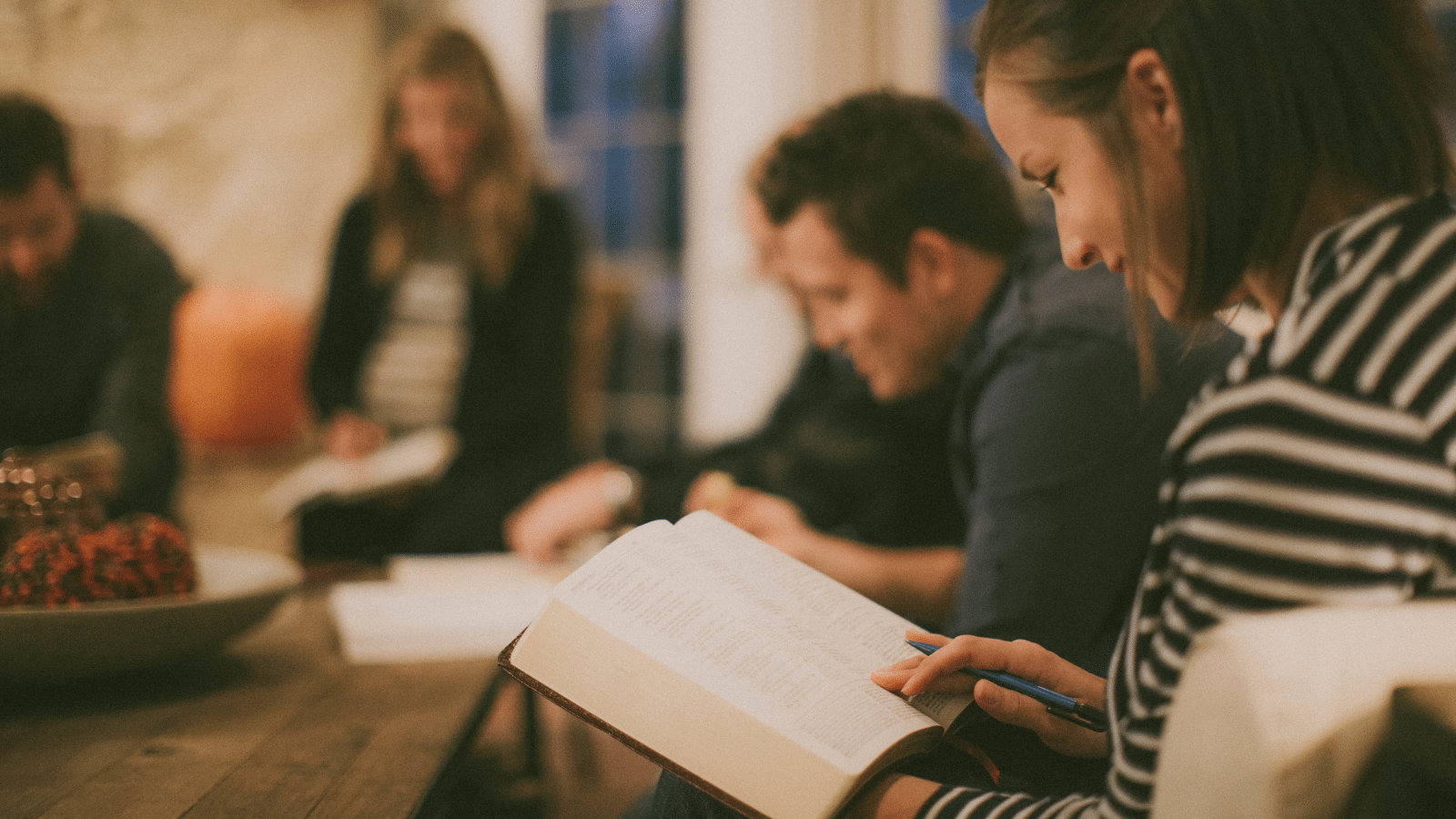
Protestants have a similar practice they call “communion.” (Catholics use this term too.) However, Protestants practice and believe a bit differently.
Most Protestants believe that the Eucharist is NOT the body and blood, and many believe that Catholics are committing idolatry by worshipping something that is simply a cracker and wine. They also do not believe that taking communion forgives any sins.
For Protestants, communion is merely a meaningful symbol, and many churches don’t offer it at every service.
1. The Early Church Believed It

I’ve always thought that if anyone had a chance of getting it right, it was the early church. After all, they were the ones who heard it straight from the source.
In the book, Surprised by Truth, it states:
“Writing to the church at Smyrna, a major Christian center in Asia Minor, Ignatius condemned heretics who denied that Christ had an actual physical body… To refute them, Ignatius wrote “They [the heretics] even absent themselves from the Eucharist and public prayers [cf. Acts 2:42], because they will not admit that the Eucharist is the flesh of our Savior Jesus Christ which suffered for our sins and which the Father in his goodness afterwards raised up again.”
Ignatius was the first bishop of Antioch (the city where Jesus’ followers were first called Christians) and he studied under the apostle John (the one that wrote the Gospel of John). I’d say he would probably be a pretty reliable source! And yet, here he was writing about the real presence of the Eucharist as though it were common knowledge only 10 to 15 years after the apostle John lived! That’s not a lot of time to get the message mixed up.
You don’t just have to take his word for it though. Apparently, all of the early church fathers believed in the real presence of the Lord in the Eucharist. In fact, the doctrine was never seriously questioned until the 11th century.
Given the choice between what my pastor says today and the beliefs of the first (and second, and third…) century church… well that’s a pretty strong argument.
2. The Jews Couldn’t Accept It
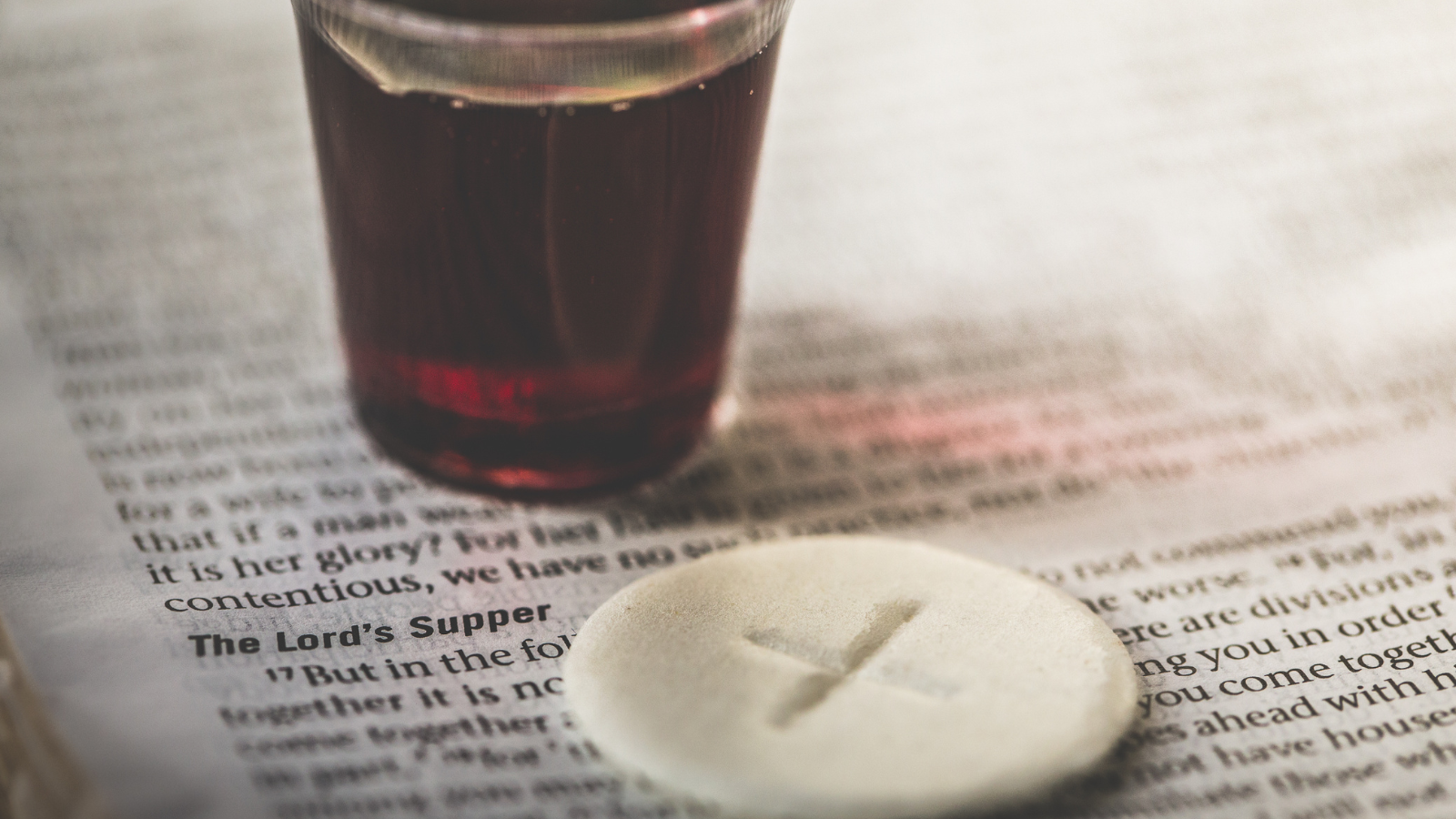
Want biblical evidence that the Eucharist is real? Read John 6:22-71.
In this passage, Jesus has a lengthy discussion with the Jews in which he compares the manna the Israelites ate in the desert and the bread of eternal life that God offers today. The Jews are understandably very confused, but Jesus just keeps repeating the same thing over and over again.
“Jesus said to them, “I am the bread of life; whoever comes to me will never hunger, and whoever believes in me will never thirst.” –John 6:33
“I am the bread of life. Your ancestors ate the manna in the desert, but they died; this is the bread that comes down from heaven so that one may eat it and not die. I am the living bread that came down from heaven; whoever eats this bread will live forever; and the bread that I will give is my flesh for the life of the world.” –John 6:48-51
“Jesus said to them, ‘Amen, amen, I say to you, unless you eat the flesh of the Son of Man and drink his blood, you do not have life within you. Whoever eats my flesh and drinks my blood has eternal life, and I will raise him on the last day. For my flesh is true food, and my blood is true drink. Whoever eats my flesh and drinks my blood remains in me and I in him.’” –John 6:53-56.
But where it REALLY gets interesting is the Jews’ reaction after the fact.
In verse 66, it records that “many [of] his disciples returned to their former way of life and no longer accompanied him.” Would they leave over a mere symbol? Seems doubtful. So I’m guessing that the Jewish people knew Jesus was being literal, even if they didn’t really understand it.
3. Jesus’s Use of the Greek Word “Trogon”
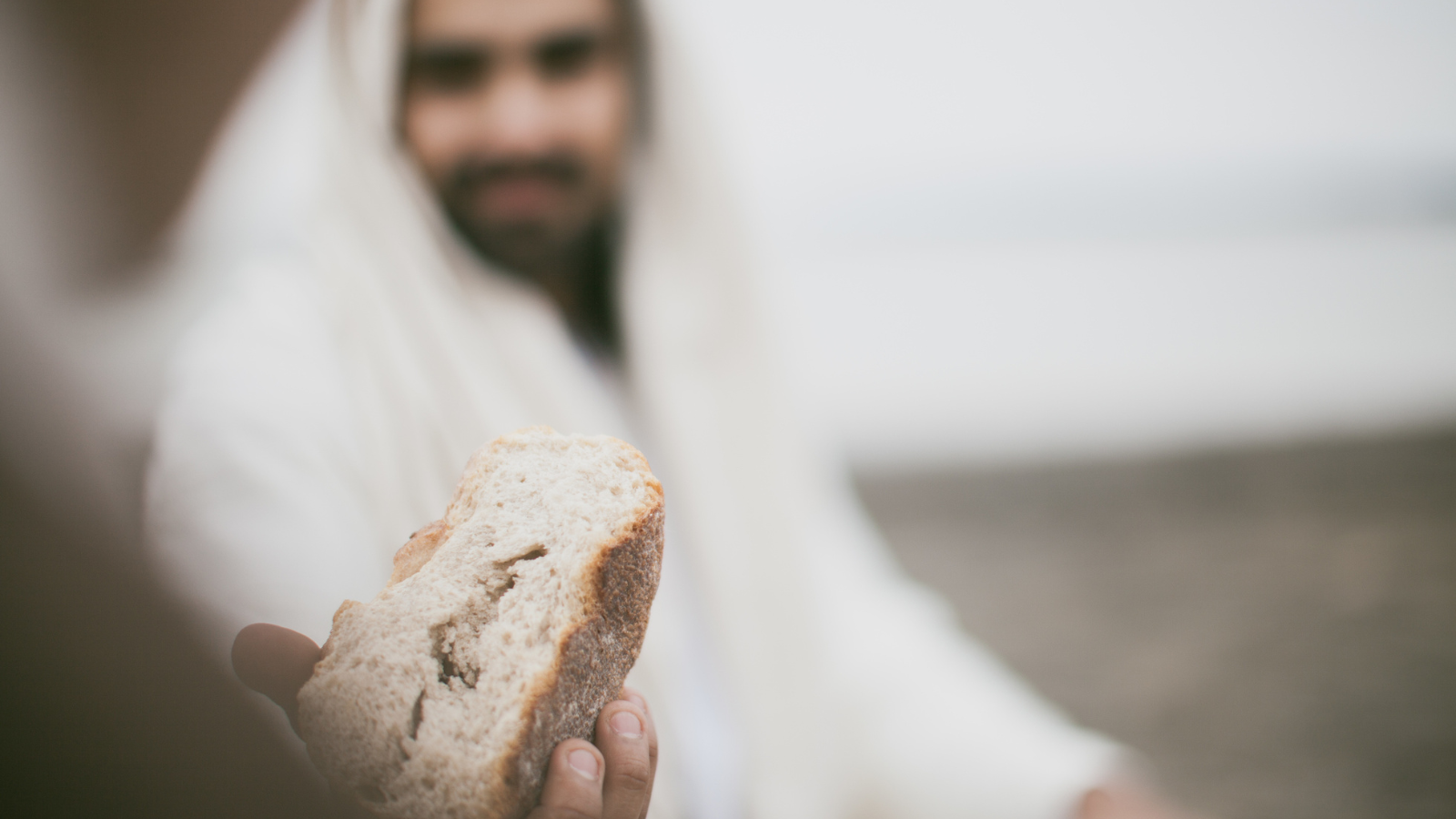
While having the ability to read the Bible in English is wonderful; it does come with some limitations. One of which is the fact that some things are lost in translation.
What you DON’T notice when reading the passage above is that when Jesus talks about eating, he is actually using two separate verbs.
At first, he uses the Greek word “phagon” which is the normal Greek word for “to eat.” Part way through the passage, however, he suddenly switches to the word “trogon,” which literally means to crunch or gnaw.
Jesus wasn’t telling them to “partake” or “consume.” He was saying they literally had to crunch, gnaw or chew. (Kind of hard to “crunch” on a symbol… but you can try!)
Furthermore, the tense of the word “trogon” implies that this is an action that will take place continuously over time–not as a one-time event.
4. The Eucharist Comes with a Strong Warning
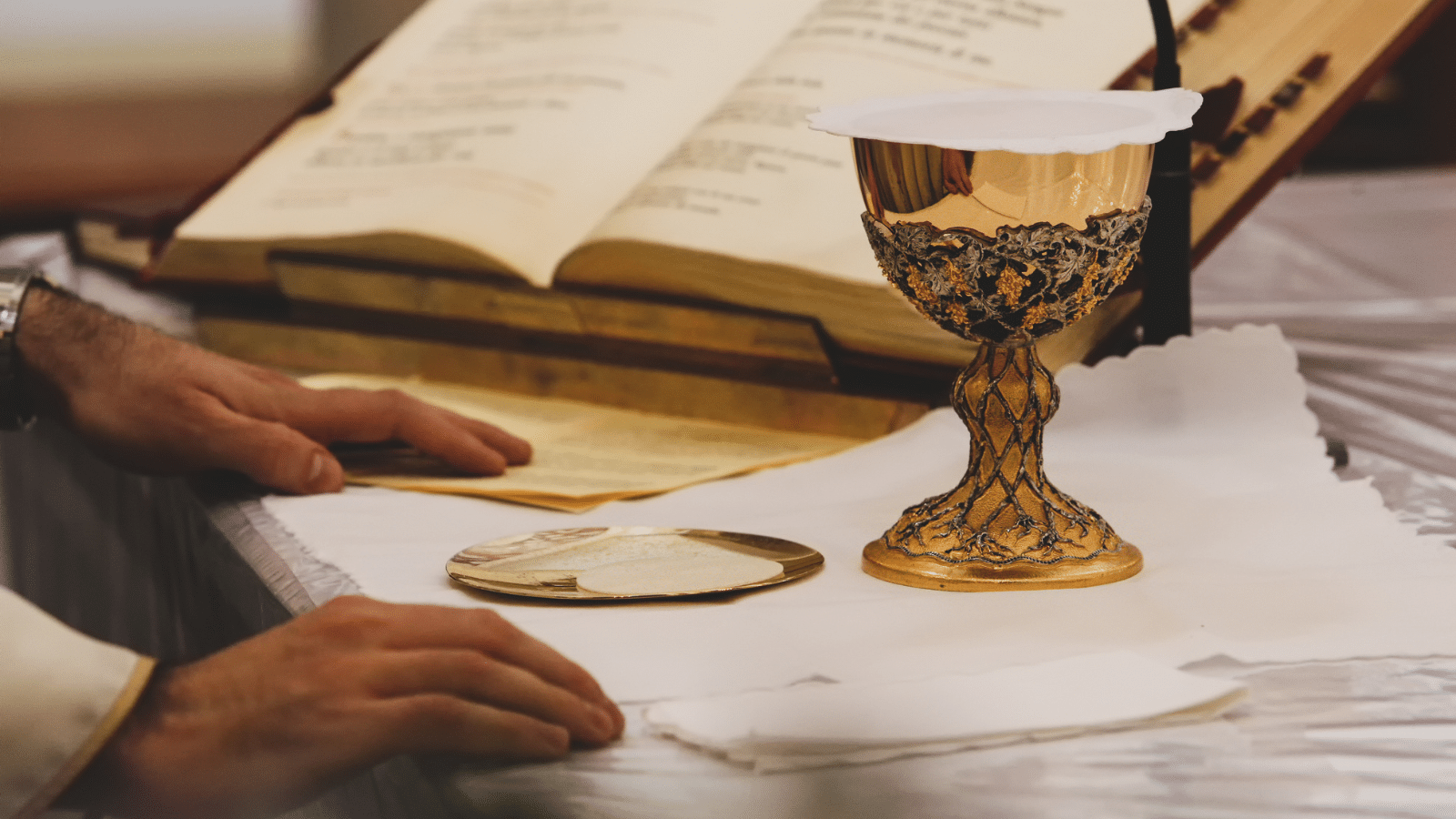
Fast forward to 1 Corinthians, and you’ll find this strongly worded passage:
“Therefore, whoever eats the bread or drinks the cup of the Lord unworthily will have to answer for the body and blood of the Lord… For anyone who eats and drinks without discerning the body, eats and drinks judgement on himself. That is why many among you are ill and infirm, and a considerable number are dying.” –1 Corinthians 11:27, 29-30
Since when do mere symbols come with such strong penalties?
5. Eucharistic Miracles
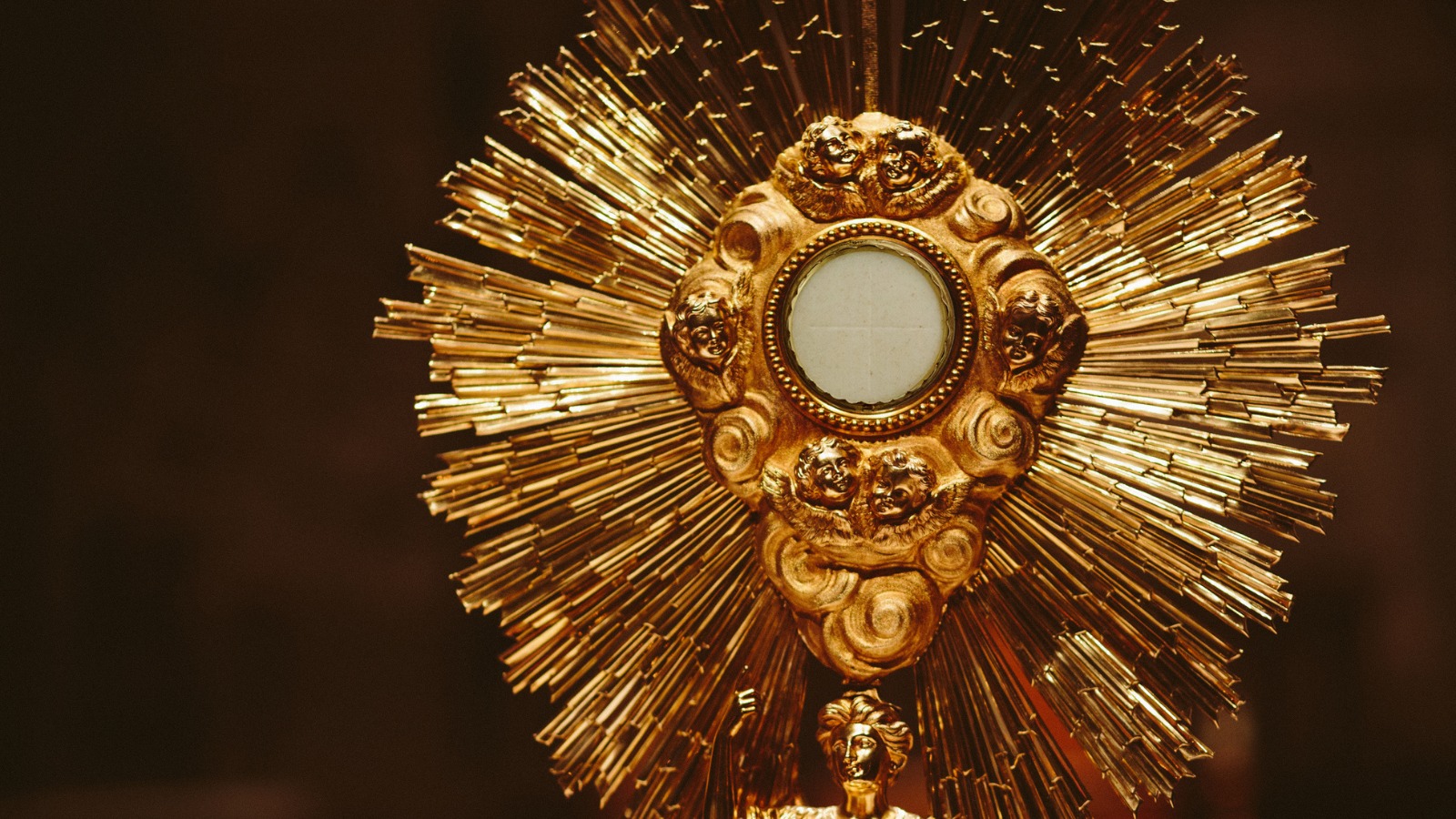
At least SOME of the miracles are VERY well documented, scientific and hard to dispute. The first miracle, The Miracle of Lanciano, occurred in the eighth century in Lanciano, Italy. The host (or bread) changed into living flesh and wine coagulated into blood. In 1971, a group of scientists studied the well-preserved host and wine and found that both were of human origin. Strange, but true!
15 Important Issues Catholics and Protestants Can’t Seem to Agree On
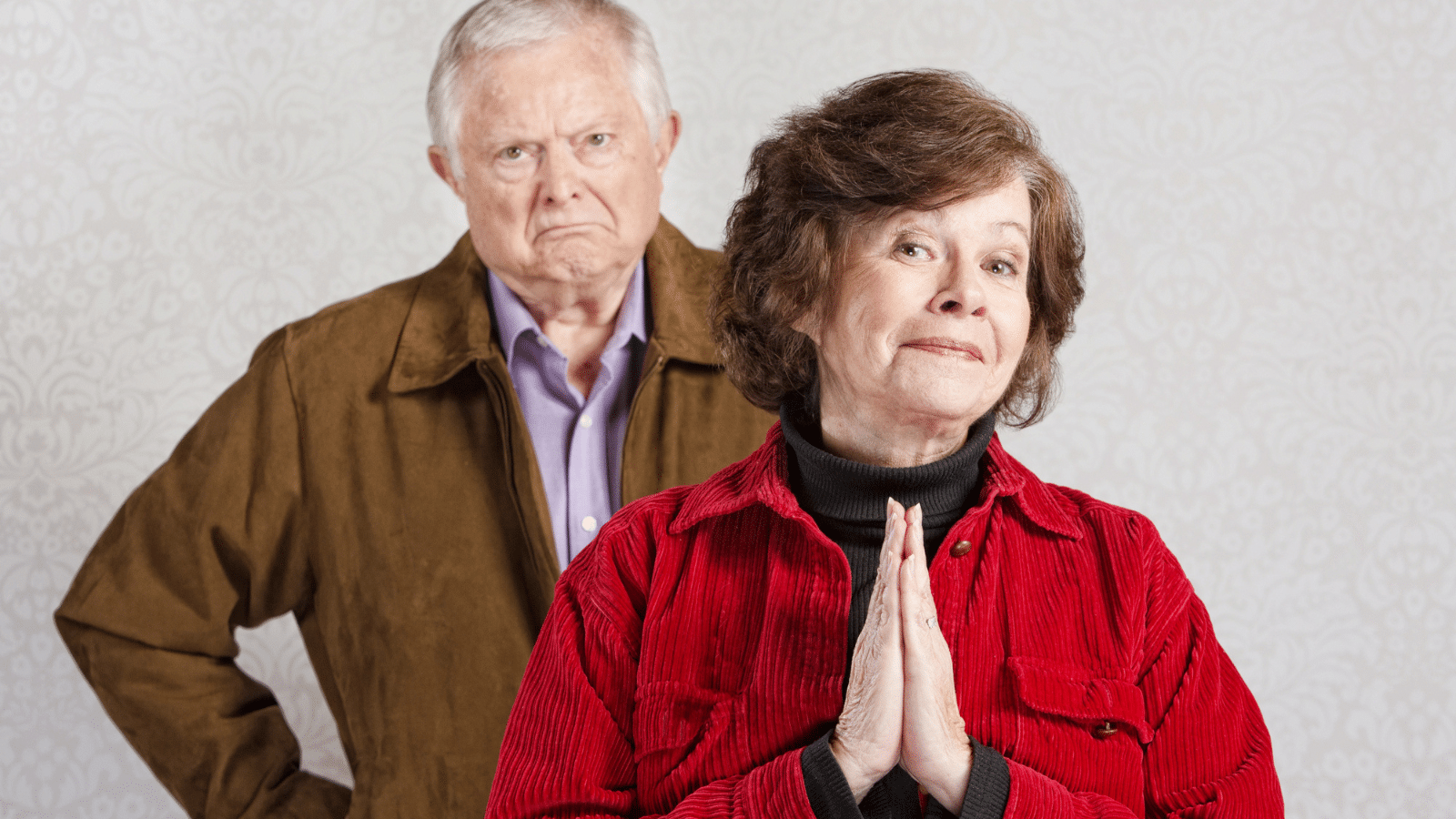
Have you ever wondered what Catholics or Protestants really believe?
Maybe you were taught that the “other side” is completely wrong, misguided, and sinful, but you’re not sure why (or if that’s even accurate).
As someone who grew up in a very Protestant home and culture (my grandpa was a pastor) before marrying into a very Catholic family (we attend mass every week), I’ve had a front row seat to see how these two major branches of Christianity compare.
In many ways, Catholics and Protestants really aren’t that different.
And, interestingly enough, some of the biggest differences between Catholic and Protestant Churches aren’t limited only to differences in belief. There are some pretty big cultural differences as well.
So, at the risk of oversimplifying (obviously, every individual church is different), here are the biggest differences between Catholic vs. Protestant worship and belief.
15 Important Issues Catholics and Protestants Can’t Seem to Agree On
What Do Catholics REALLY Believe About Mary, Saints and Statues?

Do you often wonder what Catholics actually believe about Mary, Saints, and religious statues?
If you are Catholic, you may have a general understanding but you may surprised about some of these beliefs!
What Do Catholics REALLY Believe About Mary, Saints and Statues?
15 Common Catholic Church “Facts” Protestants Constantly Get Wrong
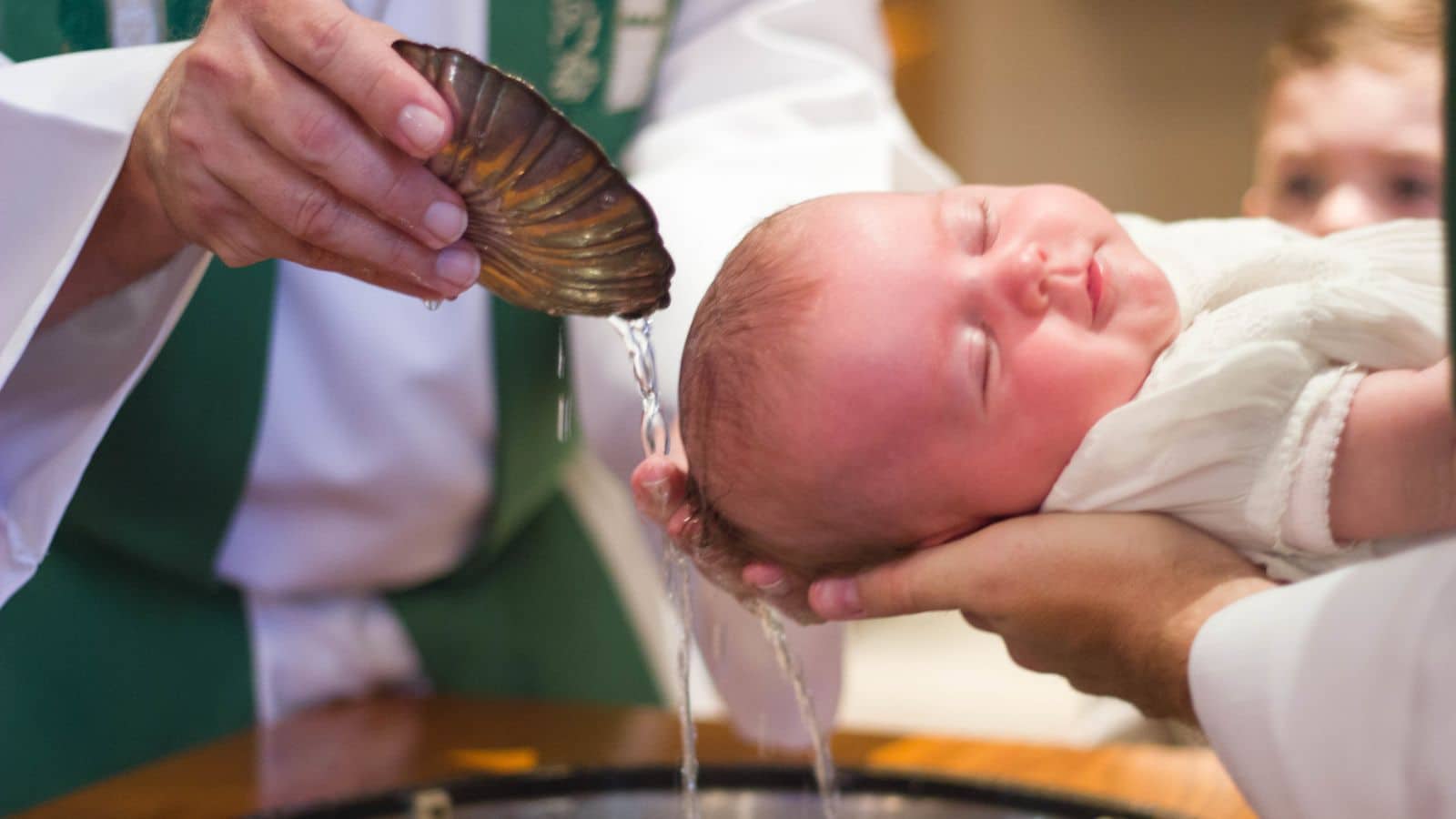
Think you know the Catholic Church? Think again.
Despite being the largest Christian denomination in the United States (and the world), much of what people believe about Catholics and the Catholic church simply isn’t true.
Are you guilty of believing any of these 15 Catholic Church myths?
15 Common Catholic Church “Facts” Protestants Constantly Get Wrong

